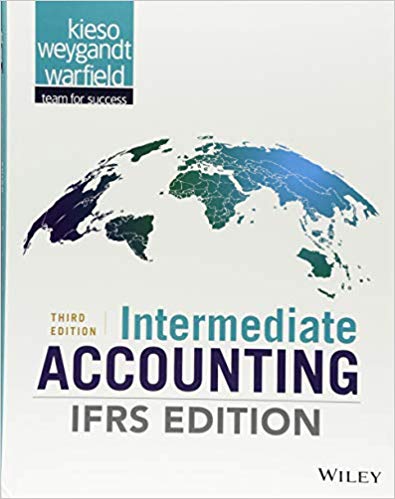Ashley Company is a young and growing producer of electronic measuring instruments and technical equipment. You have
Question:
1. The amount of reported earnings for the fiscal year was $700,000, which included a deduction for a loss of $110,000 (see item 5 below).
2. Depreciation expense of $315,000 was included in the income statement.
3. Uncollectible accounts receivable of $40,000 were written off against the allowance for doubtful accounts. Also, $51,000 of bad debt expense was included in determining income for the fiscal year, and the same amount was added to the allowance for doubtful accounts.
4. A gain of $6,000 was realized on the sale of a machine. It originally cost $75,000, of which $30,000 was undepreciated on the date of sale.
5. On April 1, 2019, lightning caused an uninsured building loss of $110,000 ($180,000 loss, less reduction in income taxes of $70,000). This loss was included in determining income as indicated in item 1 above.
6. On July 3, 2019, building and land were purchased for $700,000. Ashley gave in payment $75,000 cash, $200,000 fair value of its unissued ordinary shares, and signed a $425,000 mortgage note payable.
7. On August 3, 2019, $800,000 face value of Ashley's 10% convertible preference shares was converted into $150,000 par value of its ordinary shares.
Instructions
Explain whether each of the seven numbered items above is a source or use of cash, and explain how each should be disclosed in Ashley's statement of cash flows for the fiscal year ended October 31, 2019. If any item is neither a source nor a use of cash, explain why it is not, and indicate the disclosure, if any, that should be made of the item for the fiscal year ended October 31, 2019.
Accounts Receivable
Accounts receivables are debts owed to your company, usually from sales on credit. Accounts receivable is business asset, the sum of the money owed to you by customers who haven’t paid.The standard procedure in business-to-business sales is that... Face Value
Face value is a financial term used to describe the nominal or dollar value of a security, as stated by its issuer. For stocks, the face value is the original cost of the stock, as listed on the certificate. For bonds, it is the amount paid to the... Par Value
Par value is the face value of a bond. Par value is important for a bond or fixed-income instrument because it determines its maturity value as well as the dollar value of coupon payments. The market price of a bond may be above or below par,...
Fantastic news! We've Found the answer you've been seeking!
Step by Step Answer:
Related Book For 

Intermediate Accounting IFRS
ISBN: 978-1119372936
3rd edition
Authors: Donald E. Kieso, Jerry J. Weygandt, Terry D. Warfield
Question Posted:





